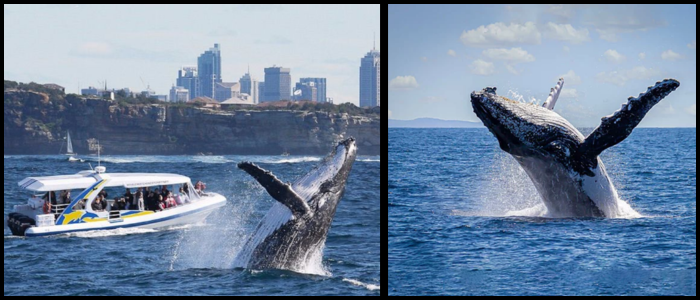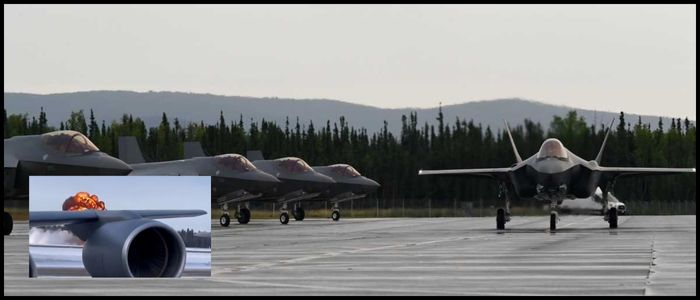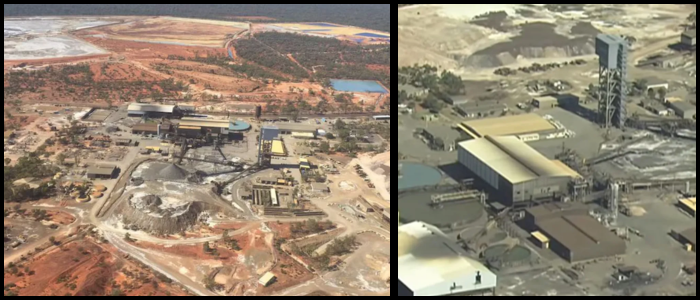From June to July, it's a regular sight in Sydney, where the whales' journey from their feeding grounds in Antarctica to their tropical mating grounds off Queensland brings them in close proximity to the shore. It's something wildlife scientist Dr Vanessa Pirotta says isn't uncommon to happen when you've been waiting for a bus or, read: sipping coffee by the ocean. The creatures, some as long as 17 meters and weighing 40 tons, swim near the coast along their 10,000-kilometer journey.
Close Encounters with Curious Whales
The whales are close to shore, and inquisitive, which has resulted in some incredible experiences for those just standing on the beach and whale-watching guides alike. Skipper Ben Armstrong, who operates tours in Port Stephens, told of whales coming right up to his vessel, at times playing with it like a toy. On one playful occasion, several whales blocked his boat from going where he wanted; on another, the animals rubbed up and down the hull for nearly an hour, as if they noticed an old friend.
Tourists including Vincent Kelly, who had travelled from Victoria state to see the migration, were amazed by their close encounters. "It was amazing," he said after watching a half-dozen humpbacks breaching in acrobatic displays over a two-hour tour.
Some whales even have a local audience. A rare all-white humpback named Migaloo was sighted many times from 1991 to 2020. Another known as Blade Runner is recognizable by her one-of-a-kind scars from a collision with a propeller long ago.
A Conservation Comeback, New Challenges Looming
The story of the thousands of humpbacks in Australian waters is an incredible conservation success. The whales were nearly hunted to extinction by commercial whaling, with their numbers falling to just a few hundred before they were protected in 1963. They have since recovered dramatically, to about 40,000.
But, with the rise in numbers, come new problems. Increased contacts between humans and whales also lead to accidents such as entanglement in fishing lines and boat collisions. Migratory patterns (Read: "Were pregnant humpbacks finding a new path?") may be changing under the influence of evolving ocean conditions and shifts related to climate since humpbacks have been observed giving birth in new areas.
For all of its challenges, migration has the potential to serve as a profound bond with nature. Giant Power As skipper Armstrong explains, to come into contact with these great giants is to be reminded somewhat humbly of the wonders of the natural world. "It grounds you," he said. "It does make you realize there's a whole lot more out there than we might actually think there is in nature."
World

Whales Halt Ferries in Sydney's Humpback Migration Season

It was an unusual way to begin the day: This month, Sydney commuters on a ferry looked out to see a pod of humpback whales, instead of contending with typical traffic. When the enormous animals came up alongside the idling boat, it was as if they were watching the people right back. This odd meeting was in the middle of Australia's annual "humpback highway" season, which sees around 40,000 whales travel along the east coast of the country.















